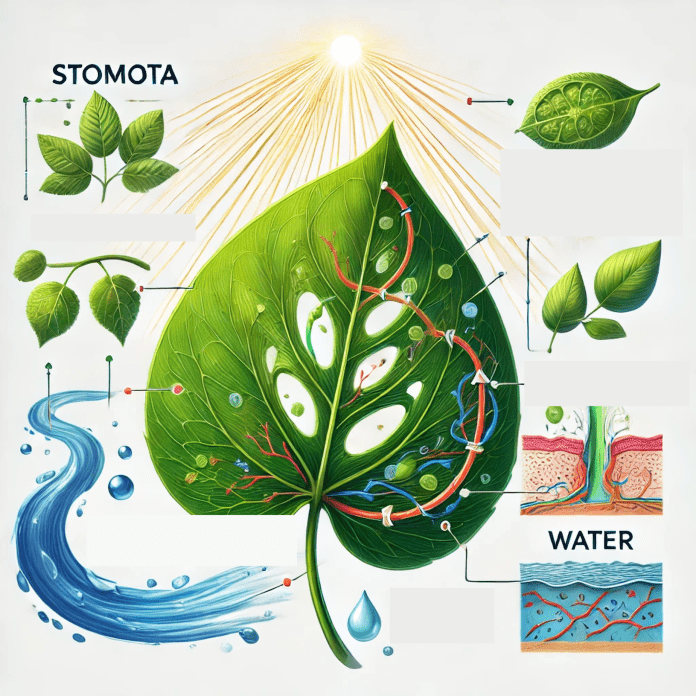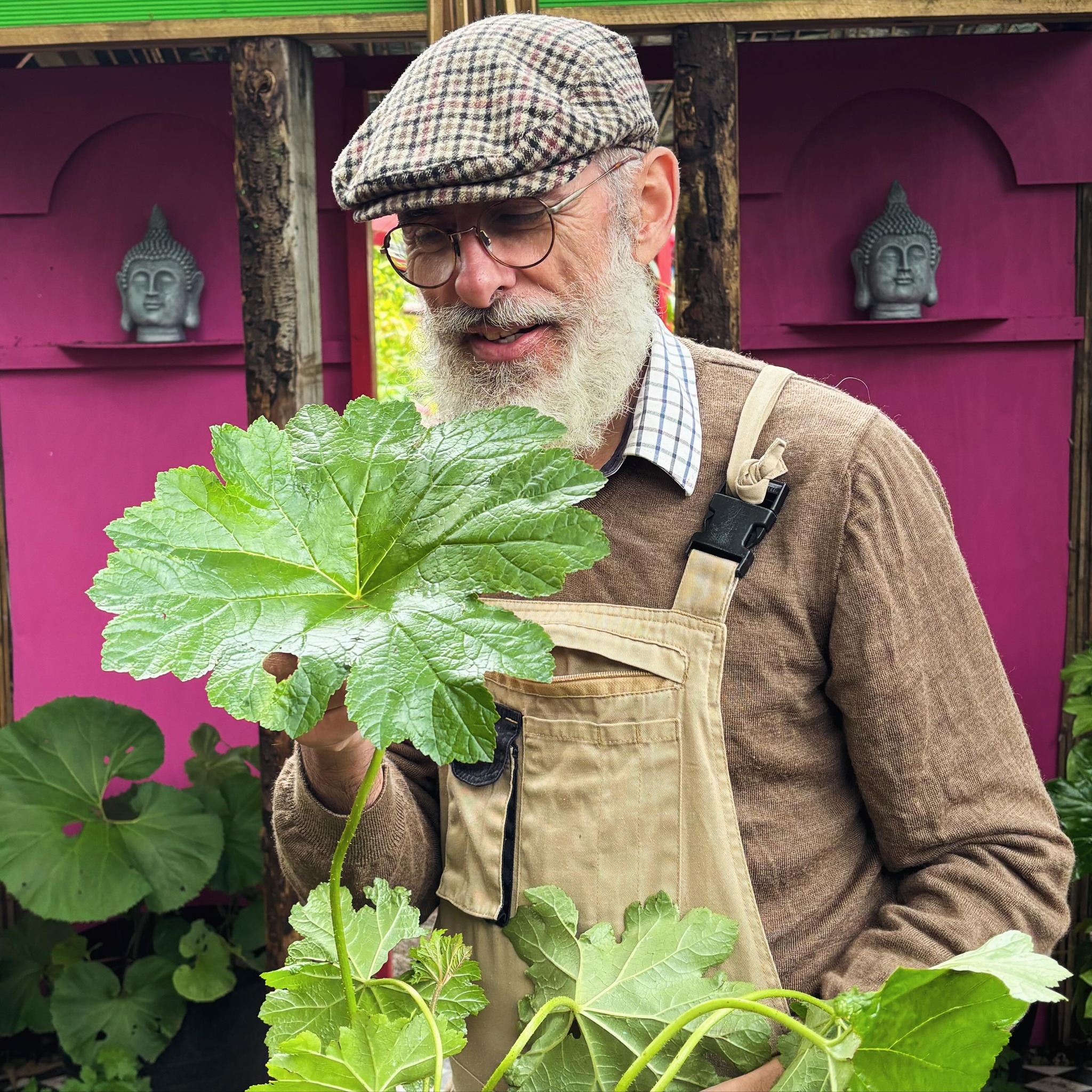Leaves are essential organs of plants, acting as nature’s solar panels. They are responsible for photosynthesis—the process by which plants produce energy—while also regulating gas exchange and water loss. Their structure is finely tuned to perform these functions efficiently, making them one of the most vital components of the plant kingdom. This is How Leaves Work
Anatomy of a Leaf
The structure of a typical leaf is designed for its primary role in photosynthesis. The main parts include:
1. The Epidermis
- Upper Epidermis: A transparent layer that allows sunlight to penetrate.
- Lower Epidermis: Contains stomata, small openings that regulate gas exchange.
- Function: Provides protection while allowing light and air to reach inner tissues.
2. The Cuticle
- A waxy, waterproof layer covering the epidermis.
- Function: Reduces water loss and protects the leaf from environmental damage.
3. Mesophyll
- Palisade Mesophyll: Tightly packed cells near the upper surface that contain chloroplasts for photosynthesis.
- Spongy Mesophyll: Loosely arranged cells with air spaces to facilitate gas exchange.
- Function: Houses chloroplasts and provides space for oxygen and carbon dioxide movement.
4. Vascular Tissue
- Xylem: Transports water and minerals from roots to leaves.
- Phloem: Distributes the sugars produced by photosynthesis to the rest of the plant.
- Function: Provides support and nutrient transport.
5. Stomata and Guard Cells
- Stomata are small openings controlled by guard cells.
- Function: Regulate the exchange of gases (oxygen, carbon dioxide) and water vapor.
How Leaves Work: The Photosynthesis Process
Step 1: Capturing Light
- Chlorophyll, the green pigment in chloroplasts, absorbs light energy from the sun.
- The leaf’s broad, flat shape maximizes light absorption.
Step 2: Carbon Dioxide Intake
- Stomata on the underside of the leaf open to allow carbon dioxide to enter.
- Simultaneously, oxygen produced during photosynthesis is released.
Step 3: Water Absorption
- Water from the soil is transported to the leaf through the xylem vessels.
- This water is used in photosynthesis and helps maintain the leaf’s structure.
Step 4: Sugar Production
- In the chloroplasts, light energy converts carbon dioxide and water into glucose and oxygen.
- The glucose is transported via phloem to provide energy and build tissues in other parts of the plant.
Step 5: Oxygen Release
- Oxygen, a byproduct of photosynthesis, exits through the stomata.
Leaves and Water Regulation
Leaves also play a key role in maintaining water balance through transpiration:
- Stomata control water vapor release to cool the plant and draw nutrients from the roots.
- The cuticle helps minimize excessive water loss, especially in dry conditions.
Adaptations in Leaves
Different environments have shaped leaves to optimize their functions:
- Tropical Leaves: Large and thin to capture light in shaded forests.
- Desert Leaves: Thick and waxy with few stomata to conserve water.
- Aquatic Leaves: Thin, flexible structures for floating and absorbing sunlight.
- Needle-like Leaves: Found in conifers to reduce water loss in cold climates.
Leaves and Human Life
Leaves are crucial not only for plants but for all life on Earth:
- They produce oxygen, the gas essential for human and animal survival.
- Leaves like spinach, lettuce, and tea leaves are directly consumed as food.
- Medicinal compounds, dyes, and materials derived from leaves are used in daily life.
Conclusion
Leaves are remarkable organs, seamlessly integrating form and function to sustain plant life and, by extension, life on Earth. Understanding how leaves work highlights their importance in ecosystems, agriculture, and human well-being, reminding us of the interconnectedness of all living things.




